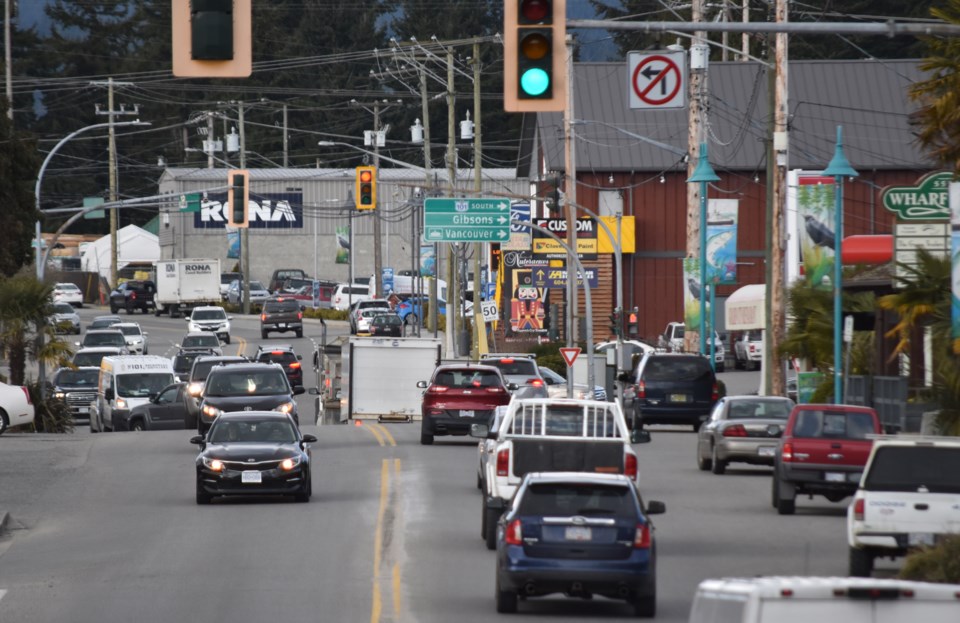In our Jan. 21 issue, I wrote about how Sechelt placed in this year’s ranking of “BC’s Most Economically Resilient Communities”. The answer was thirteenth out of 50. Does that result and the rating system itself measure what really matters when it comes to resiliency?
What does comparing one community to others really tell us? With the criteria rated determined by others, is it a glimpse into progress on what each community considers important for its future? Or is it akin to taking a magazine or social media survey to calculate your “bucket list items completed” or “iconic destinations visited”: a momentary distraction that rates your input against what some random list identifies as a “must do” or “iconic”. Take it to see how you compare, share it if you want to, or forget about it and move on.
The measures used by research firm Environics Analytics to create the list dovetailed nicely with parts of the current Sechelt council’s strategic plan. The first consideration in both was economic prosperity. According to this year’s survey results, households in Sechelt are managing well financially when compared to those in other communities. That sampling of “households” does not include those who are homeless. While the same measurement criteria applied to all communities surveyed, factoring in how those without a fixed address are faring could present a different picture.
Further similarities between what Sechelt’s elected officials set as goals to work toward and the criteria that the survey measured related to growth and community livability. But in rating growth, is higher always better? According to the survey; yes. Judging from input at recent public hearings that I have covered in Sechelt and elsewhere on the Coast, that is not always the case.
Assessing softer measures like a “community sense of belonging” is a bit trickier, but in my view, essential in rating how a community is navigating these turbulent times. While a consistent theme in municipal strategic plans, measures on such items were only added in the last two years to the resiliency rating process.
Given that the survey compared local government areas, I was surprised that criteria like municipal financial and structural health were not rated. Details on changes in property tax rates, levels of municipal debt and financial reserves, infrastructure deficits and staff turnover are available. Assembling data on those criteria into a rating could provide a glimpse into how well local administrations are doing at managing public resources. In Sechelt (and numerous other local government areas) the strategic plan targets improving performance in these areas, as an area that they have clear responsibility over. It appears to me to be an important and measurable resiliency theme that was missing from the survey (and I made that comment to the research firm).
Every community is unique. Each has its own sources of pride, issues and challenges as well as aspirations that it is working towards.
A comparative survey is like a snapshot. It shows how all included appeared at a given moment in time and can be skewed by whoever is behind the lens. Whether that measure really matters depends on the weight that we put on such reflections. When I consider resiliency, I think communities need to look at themselves and what they need to do to prepare for the future. To quote Charles Darwin, “It is not the strongest of the species that survive, nor the most intelligent, but the one most responsive to change.”



